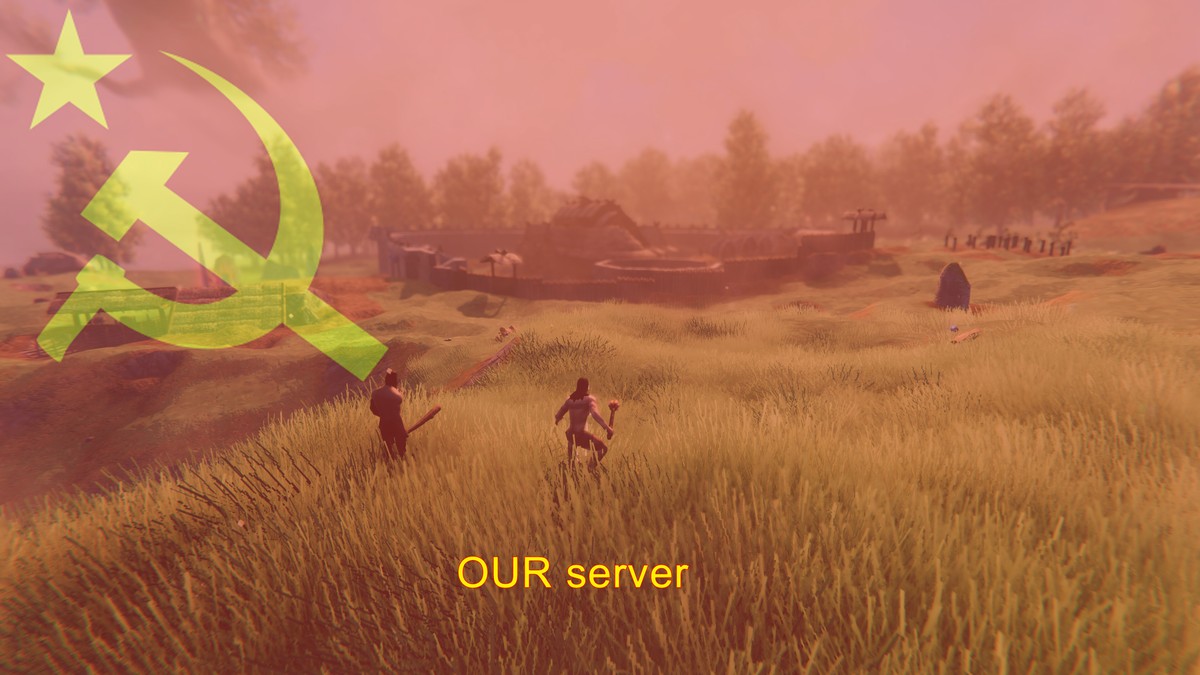Jen Spyra is a distinctive voice in modern comedy— both literally and figuratively. She is both a writer and the announcer for CBS’s The Late Show with Stephen Colbert, and also voices Hillary Clinton and Jill Biden on Showtime’s animated Our Cartoon President. Her humor writing, both in publications like The New Yorker and McSweeney’s and for television, showcases an acerbic wit that perfectly blends the grim with the absurd.
Now Spyra’s work can be seen in a new collection of humorous short stories from Random House, Big Time. In this debut collection, with a foreword by Colbert, Spyra parodies everything from Goosebumps to current online influencers inflamed with their own self-importance. Stories in the book range from the tale of a Hollywood 1940s starlet struggling to make her way in today’s post-woke Hollywood; a fiancée dangerously set on obtaining the perfect “bridal body”; and a child who has an adventure with a sentient snowman that is—let’s just say—the polar opposite of the adorable Frosty, including being endowed with a certain, very noticeable carrot appendage.
Vanity Fair talked with Spyra about her comedic influences, the hilarity of the Brontë sisters, and yes, a talking snowman’s certain carrot appendage.
What were some of your comedy influences growing up in Squirrel Hill, Pittsburgh?
I watched seven hours of TV a day from about 1990 to 1997. My parents both worked late, so I was able to get three to four hours in during afterschool care at The Jewish Community Center, and then I came home and watched more. I also watched a lot of horror and psychosexual thrillers about serial killers—odd, but it’s what my dad liked to watch and for some reason he wasn’t concerned about traumatizing me—so I watched whatever he picked and I really loved it.
In recent years my biggest influences have been classic noir films and fiction, Jack Handey, Miranda July, Shirley Jackson, Simon Rich, David and Amy Sedaris, and P.G. Wodehouse. Before that—and to this day—there’s 19th and early-20th century American and British lit. Edith Wharton, Thomas Hardy, Brontës galore!
I don’t often hear the Brontë sisters cited as a comedic influence.
With the Brontës, I love how they go for juicy, high-stakes plots and then really stick the landing. Same with Hardy. I’m thinking of Tess of the d’Urbervilles, which has such a great, blowout ending. I love the confidence of that type of writing—where the writer sees the premise through to a risky, bold finish. I didn’t mention Tennessee Williams, but he’s another of my favorite writers who doesn’t make you think “comedy!” I love the type of conflict he goes for: the fish out of water premise, or the mismatched roommates premise. Streetcar is almost a laugh-out-loud mismatched roommate sitcom.
One commonality with your pieces is that many of them are parodies of children’s stories or teen novels or traditional holiday fables, and other genres from our past—which are then blown out into entirely new directions, all the while using the same dry voice.
I like to play within established genres because they have Rules, so those are already set up for me, and I can subvert them to tell a different kind of story. Like with the Goosebumps stories—in those stories, the kids always solve the problem themselves and the adults are none the wiser. Since I’m an Old now, when I thought back to Goosebumps, I started sympathizing with the parents. I don’t have kids myself, but I thought—wait a second. What if you had a kid, and the little fucker ate monster goo? And he couldn’t fix it? Inserting real-life stakes into these whimsical, magical worlds—that’s a pairing I like to riff on.
Piece of advice: When you do end up having kids, you might not want to refer to them as “little fuckers.”
Noted. “Little assholes”?
I also see a lot of Doug Kenney, one of the earliest writers for National Lampoon, in the comedic sensibility of your stories: a traditional idea taken to extremes and into modern areas, such as in your piece about the young boy who meets a very odd flying snowman named Ken.
I think childhood innocence colliding with adult pain can be pretty funny. A naive, plucky character who grinds up against the indignity of real life—I can’t stay away from that. And that’s what I was exploring in that story you’re talking about, “The Snowman.” Of course, it’s a loving homage to Raymond Briggs’ amazing lyrical animated TV special from the ’80s, where a boy goes on a magical adventure with a snowman that comes alive—but then the snowman melts, and the boy ends up learning about death and the fragility of existence. I thought it could be funny to track that same transformation in a child, but in a much grittier way.
Such as a snowman masturbating his stick penis.
His stick hand, Mike. A snowman’s penis is a carrot.

